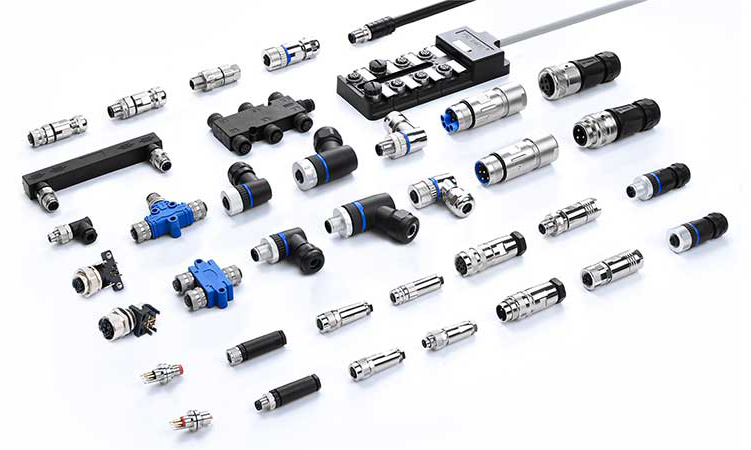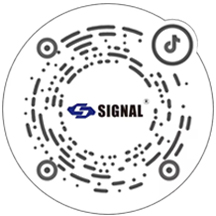Key Testing Procedures for Ensuring Connector Quality
In today's technologically advanced era, the quality and longevity of electronic products are paramount concerns for consumers. Connectors, as integral components, undergo a series of rigorous tests to ensure they meet stringent quality standards and perform reliably over time. At Shenzhen SIGNAL, we implement comprehensive testing protocols to guarantee our connectors' excellence.
Comprehensive Quality Management Systems
To produce connectors that align with market demands, a robust quality management framework is essential. Our adherence to internationally recognized standards includes:
· ISO 9001:2015: Quality Management System
· ISO 14001:2015: Environmental Management System
· QC 080000: Hazardous Substance Process Management
These certifications, combined with our skilled design, development, production, and quality assurance teams, ensure that our connectors undergo meticulous design iterations and thorough testing.

Our Product Page
Five Essential Testing Categories for Connectors
1. Electrical Performance Testing: This includes:
o Insulation Resistance Test: Verifies the connector's insulation capabilities under various environmental conditions.
o Contact Resistance Test: Assesses the resistance at the interface of mated connectors.
o Withstand Voltage Test: Determines the connector's ability to resist electrical breakdown.
o Temperature Rise Test: Measures the increase in temperature due to current flow, ensuring it remains within safe limits.
2. Full-Size Measurement Inspection (FAI): Evaluates all dimensions, especially those critical to the connector's form, fit, and function, ensuring compliance with design specifications.
3. Environmental Compliance Testing: Assesses the presence of hazardous substances in line with:
o RoHS 1.0: Checks for six restricted substances, including lead (Pb) and mercury (Hg).
o RoHS 2.0: Expands the list to ten substances, adding phthalates like DEHP and DBP.
4. Mechanical Performance Testing: Simulates real-world usage through:
o Insertion and Extraction Force Tests: Measures the effort required to mate and unmate connectors.
o Vibration and Mechanical Shock Tests: Evaluates the connector's resilience to physical stresses.
o Terminal Retention and Contact Force Tests: Ensures terminals remain securely in place and maintain adequate contact pressure.
o Durability Tests: Assesses the connector's lifespan through repeated mating cycles.
5. Environmental Stress Testing: Subjects connectors to:
o Salt Spray Tests: Simulates corrosive environments to assess resistance to oxidation.
o Temperature and Humidity Cycling: Tests performance under varying climatic conditions.
Through these rigorous testing procedures, Shenzhen SIGNAL ensures that our connectors not only meet but exceed industry standards, providing our clients with products that are both reliable and durable.






